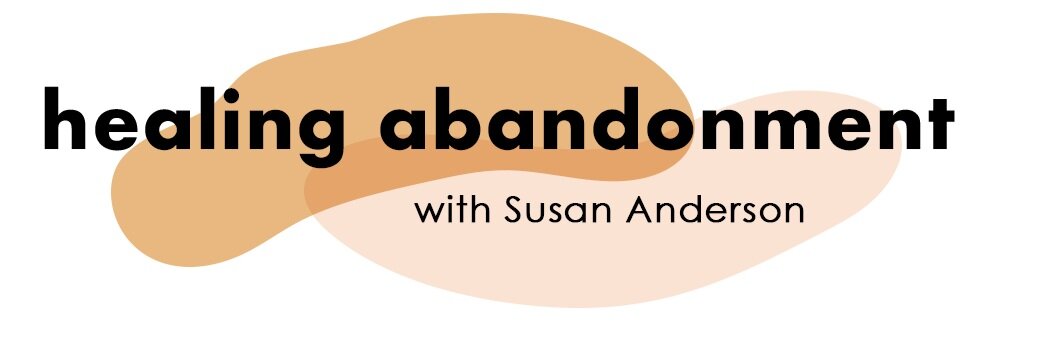How to Overcome Fear of Abandonment
It isn’t fear of abandonment that sabotages our relationships, it’s how we handle it.
Fear of abandonment is primal fear – not something we get rid of. It is essential and universal to all human beings, a driving force in our connections. It can either interfere in them or reinforce them.
Once we learn how to deal with this primal fear, we access its healing properties.
Feeling attracted to someone triggers this fear. How many times have I heard: “I’m too vulnerable…too insecure to be in a relationship.” So many people complain that abandonment imprisons them behind a wall of their own making. They get caught up in patterns of constant re-abandonment (abandoholism), or avoid relationships altogether to avoid the pain (abandophobism), or are in a relationship but feel chronic heartache. They’re shrouded in shame for feeling so needy.
Related: What is Abandoholism?
There is a way out of these self-isolating patterns. First, what didn’t work:
Having unrealistic expectations toward your partner, wanting too much too soon. You overreact and over-need, which makes you feel less about yourself and your partner less about you.
Trying to squelch the feelings. You know your insecurity is turning your partner off, but can’t find the magic dial to turn down the fear.
Trying to manipulate your partner into doing things to make you more secure. This increases pressure on the relationship and reduces its mutuality quotient.
Trying to disguise your emotional suction cups as coyness or anger. Your suction cups are aiming straight at your partner no matter how you play it and they get detected by your partner’s special radar.
Twisting yourself into a pretzel to hide your panic. In trying to save the relationship, you lose your authenticity.
Making your partner feel emotionally responsible toward you. This creates that awful dynamic where you need them more than they need you. As the gulf widens, your desperation intensifies, creating a vicious cycle.
Loathing yourself when you experience your insecurity driving your partner away. But don’t panic! You can turn it around!
What to do:
Stop beating yourself up. Fear of abandonment is involuntary. You didn’t cause it. It’s not something you signed up for. It found you.
Accept this fear as part of being human. Give yourself unconditional self-love and compassion rather than judge yourself as “weak.”
Choose to stop laying your insecurity at your partner’s (or anyone else’s) feet.
This means taking 100% responsibility when your fear erupts rather than expecting your partner to “fix it” (even if he triggered it).
Vow to use abandonment fear as an opportunity to develop emotional self-reliance.
Approach your partner with the self-confidence born of self-responsibility.
This doesn’t happen by osmosis, but by becoming actively engaged in abandonment recovery. The tools help you systematically administer to your own emotional needs so you don’t have to rely on your partner to do it.
Exude the reality that it’s no one else’s responsibility but yours to make you feel secure. The minute you look to your partner for the solution (and she doesn’t comply), you give your power away.
Take the leap of emotional self-reliance but be accepting of yourself in the process. We don’t accomplish this perfectly or for once and for all. The road to emotional self-reliance is slow, steady, and sporadic.
When you catch yourself once again looking to your partner for reassurance, just re-direct! Get back on track! Become 100% responsible for your own wellbeing.
Transforming abandonment fear into emotional self-reliance involves radical acceptance of your separateness as an individual. First, you stop laying your insecurity at the feet of your partner and then take responsibility for your own emotional needs. The hands-on exercises are there to help you become self-assured and in healthy connections.
You may also contact me if you need more help. Or join my online abandonment recovery workshop where we work together to heal your primal abandonment wound—the underlying root of anxiety, depression, and low self-esteem.
PS: I have created a series of videos that take you step-by-step through the 5 Akēru exercises and other life-changing insights of the Abandonment Recovery Program.
Whether you’re experiencing a recent break-up, a lingering wound from childhood, or struggling to form a lasting relationship, the program will enlighten you, restore your sense of self, and increase your capacity for love and connection.
